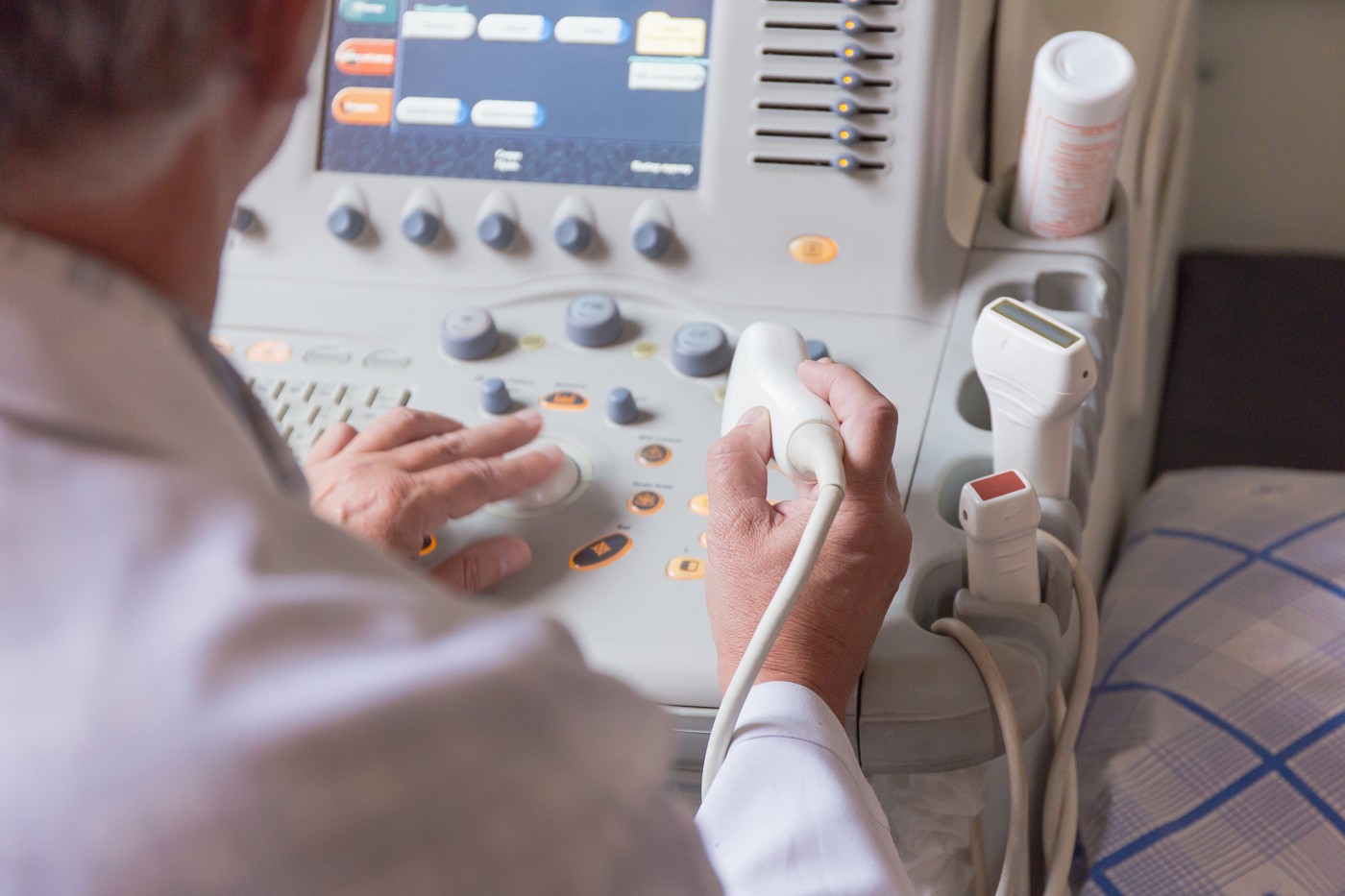 Although mediastinal tumors are rare, their location within the chest between the lungs can lead to serious complications. According to the Cleveland Clinic, mediastinal tumors in children tend to be benign but malignant in adults. A study conducted by a team of researchers at Samsung Medical Center in Sungkyunkwan University School of Medicine, entitled “Endobronchial Ultrasound versus Mediastinoscopy for Mediastinal Nodal Staging of Non–Small-Cell Lung Cancer,” identified a best practice for staging mediastinal non-small cell lung cancer (NSCLC) in nearly 140 adult patients, establishing a recommendation for a first-line procedure to diagnose mediastinal tumors.
Although mediastinal tumors are rare, their location within the chest between the lungs can lead to serious complications. According to the Cleveland Clinic, mediastinal tumors in children tend to be benign but malignant in adults. A study conducted by a team of researchers at Samsung Medical Center in Sungkyunkwan University School of Medicine, entitled “Endobronchial Ultrasound versus Mediastinoscopy for Mediastinal Nodal Staging of Non–Small-Cell Lung Cancer,” identified a best practice for staging mediastinal non-small cell lung cancer (NSCLC) in nearly 140 adult patients, establishing a recommendation for a first-line procedure to diagnose mediastinal tumors.
“Endobronchial ultrasound-guided transbronchial needle aspiration (EBUS-TBNA) was superior to mediastinoscopy in terms of its diagnostic performance for mediastinal staging of cN1-3 NSCLC,” wrote the researchers in the Journal of Thoracic Surgery. “Because EBUS-TBNA is both less invasive and affords superior diagnostic sensitivity, it should be the first-line procedure performed in patients with NSCLC.”
To reach this conclusion, the researchers conducted EBUS-TBNA and mediastinoscopy in 127 patients in order to compare the results of testing. Conducting mediastinoscopy requires general anesthesia and is an invasive procedure to access the subcarinal and paratracheal lymph node stations. In contrast, EBUS-TBNA is less invasive while still allowing mediastinal nodal staging using direct endobronchial ultrasonic guidance. It is often performed under general anesthesia, but the current study used conscious sedation and local anesthesia to more closely reflect the real-life clinical utility of the procedure.
Analysis of the end results indicated that EBUS-TBNA outperforms mediastinoscopy in terms of sensitivity (88.0% vs. 81.3%), accuracy (92.9% vs. 89.0%), and negative predictive value (85.2% vs. 78.8%) on a per-person basis. These differences were significant. Regarding specificity and positive predictive value, the two techniques each achieved 100%.
The researchers indicate that noninvasive mediastinal nodal staging cannot be used as a primary means of staging due to high false-positive and false-negative rates. In terms of invasive mediastinal staging, the jury remains undecided on the optimal mediastinal staging approach. The current study suggests that EBUS-TBNA is a valuable tool for staging, as it is a less invasive technique that is highly sensitive and specific.
It was noted that these results may not extend to N0-diseased tumors that are centrally located in the chest cavity. Rather, the results are applicable only to patients with cN1-3 NSCLC until future studies are conducted.


